Data use gives feed efficiency a boost
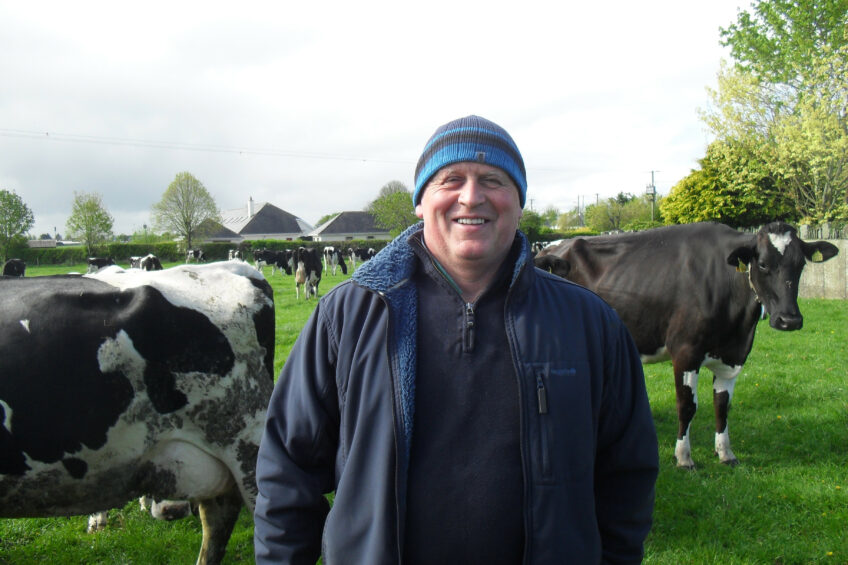
Irish dairy farmer Paddy O’Reilly owns a highly productive farm, reaching 9,500 kilograms of milk per cow per year.
In Ireland, 90% of dairy farms are based on milk production from grass-fed cows. This is not the case for Paddy O’Reilly (57) from Castledermot County Kildare in Ireland. Together with his brother David (52) and father James (82). Their cow herd of 160 animals deliver calves year-round. They have a second location where 600 female beef cows are fed untill slaughter age of 15 months.
Why do you choose milking year-round?
“We are located close to the dairy firm, where they process day fresh milk. With continued delivery year-round we generate extra income and it allows us to produce milk in a more balanced way. In addition, the management around production becomes very stable, manageable and controllable. This paves the way to optimise, for example in feeding and grazing.”

What are your current feed costs?
“Our feed costs in 2016 were €0.145 per kilogram of milk. This is the sum of concentrate and roughage costs. For fresh grass I account for €100 per tonne of dry matter. You simply have to put a value on the fresh grass, as it is not a free material. Only when you put value to all the ingredients use, you can start comparing and optimising and work towards a lower cost price. In addition to a small amount of hay for structure, the ration contains corn, fodder beet and beet pulp. The last 3 feed materials are ensiled together in a ratio of 30-60-10. The dry matter content is 30%. Lastly, barley is added and small amounts of the concentrates Yea-Sacc (yeast), Sel-Plex (selenium supplement) and Mycosorb (mycotoxin binder). The ration is checked on a daily basis.”
How do you manage the feed formulation?
“Our Keenan feed mixing wagon is equipped with a weighing unit that passes the data on to a central point. Here, a precise monitoring system keeps track whether the loaded amount of feed material corresponds to the planned amount that needs to be fed to the animals. In case of abnormalities, a signal is sent to me. The feed specialist also contact me when milk production or milk fat and protein change, while using the same feed formulation. This can be done because the milk data is also connected to the system.”
What does data-connection bring you?
“I have daily insight into the feed efficiency and I can tweak it directly when needed. This way I get the most out of my cows and business. The latest reviews show a feed efficiency of 1.52. This is partly due to the inclusion of fresh grass in the ration. But also in winter times, we are able to keep this feed efficiency level.”
And what about the financial result?
“The €0.145 that I pay for concentrate feed and roughage are the result of optimisation of the feed efficiency. With an average milk price of €0.35 in 2016, I have €0.2.5 of profit per kilogram of milk. That’s not a lot, but enough to pay all costs in pretty much all years, always leaving me with a positive margin at the end.”
* Yea-Sacc, Sel-Plex and Mycosorb are produced by Alltech
Join 13,000+ subscribers
Subscribe to our newsletter to stay updated about all the need-to-know content in the dairy sector, two times a week.
 Beheer
Beheer

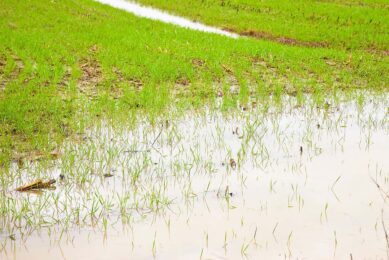

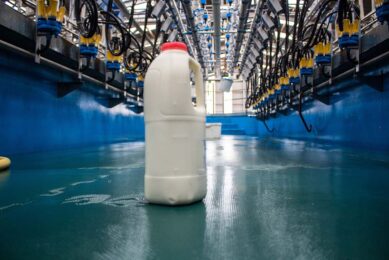
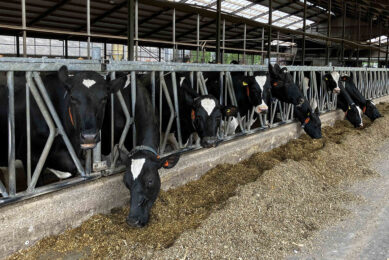
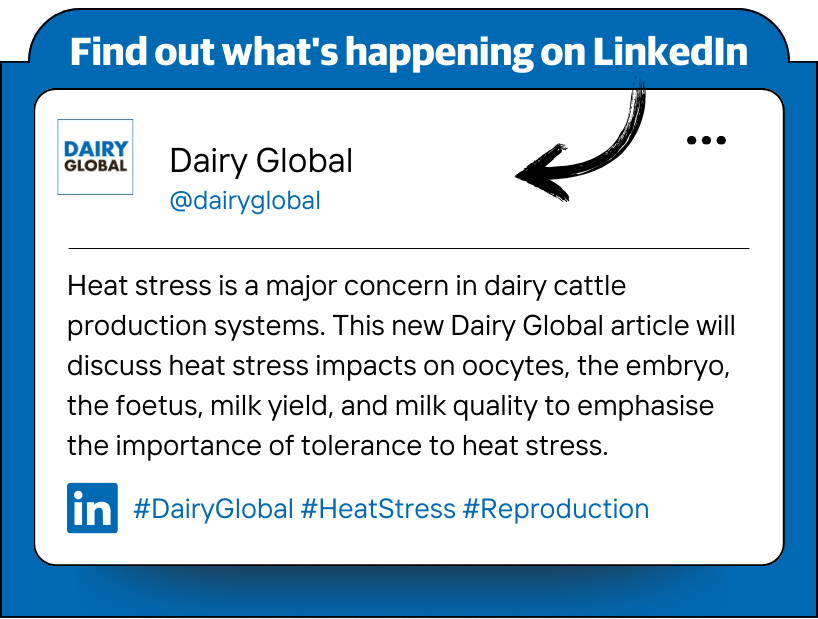



 WP Admin
WP Admin  Bewerk bericht
Bewerk bericht